Year Launched: 2021
Journal List
- Natural & Applied Sciences
- Life Sciences
- Business Management
- Education & Literature
- Humanities & Cultural Studies
- Medical & Dental Sciences
- Engineering & Computer Sciences
- Agriculture, Food & Nutrition
- Environmental & Material Sciences
- Wellness & Lifestyle Management
- Arts & Ideas
- Law, Policy & Religion
Artificial intelligence in the health sector
Volume 2, Issue 1, Jan-Feb 2022 | Page 4-6 | PDF (195K) | Pub. Date: January 12, 2022
Author(s)
Tolulope J. Ashaolu1*, Joseph O. Ashaolu2; 1College of Food Science, Southwest University, Beibei, Chongqing, P.R. China; 2International Health Programme, School of Medicine, National Yang-Ming University, Taipei, Taiwan
Abstract
Recently, artificial intelligence in the health sector has been a hot topic. It can help make medicine more efficient and safer. It has contributed significantly to the evolution of medical informatics and biomedicine. This communication takes a brief look at artificial intelligence in the health sector, especially in medicine.
Keywords
artificial Intelligence; medicine; medical AI; health sector
Cite this paper
Ashaolu, T. J., Ashaolu, J. O. (2022), Artificial intelligence in the health sector, IRESPUB Journal of Wellness & Lifestyle Management. Volume 2, Issue 1, Jan-Feb 2022, Page 4-6
References
[1] Sniecinskia and J. Seghatchianb, “Artificial intelligence: A joint narrative on potential use in pediatric stem and immune cell therapies and regenerative medicine,” Transfusion and Apheresis Science, vol. 57, 2018, pp. 422-424.
[2] N. O. Sadiku, “Artificial Intelligence”, IEEE Potentials, May 1989, pp. 35- 39.
[3] J. Hand, “Artificial intelligence and medicine: Discussion paper,” Journal of the Royal Society of Medicine, vol. 80, September 1987, pp. 563-565.
[4] H. Huang and R. T. Rus, “Artificial Intelligence in Service,” Journal of Service Research, vol. 21, no. 2, 2018, pp. 155-172.
[5] F. Thompson et al., “The future of artificial intelligence in radiation oncology,” International Journal of Radiation Oncology, Biology, and Physics, vol. 102, no. 2, 2018, pp. 247-248.
[6] I. Faza et al., “The past, present and future role of artificial intelligence in imaging,” European Journal of Radiology, vol. 105, 2018, pp. 246-250.
[7] Nawrocki et al., “Artificial intelligence and radiology: Have rumors of the radiologist‟s demise been greatly exaggerated?” Academic Radiology, vol. 25, no. 8, February 2018, pp. 967–972.
[8] Zhavoronko et al., “Artificial intelligence for aging and longevity research: Recent advances and perspectives,” Ageing Research Reviews, vol. 49, 2019, pp. 49-66.
[9] Jiang F et al., “Artificial intelligence in healthcare: past, present and future,” Stroke and Vascular Neurology, 2017
[10] Reddy, J. Fox, and M. P. Purohi, “Artificial intelligence-enabled healthcare delivery,” Journal of the Royal Society of Medicine, vol. 112, no.1, 2019, pp. 22–28.
[11] Pan, “Heading toward Artificial Intelligence 2.0,” Engineering, vol. 2, 2016, pp. 409–413.
[12] K. Sondak and N. E. Sondak, “New directions for medical artificial intelligence,” Computers & Mathematics with Applications, vol. 20, no. 4-6, 1990. pp. 313-319.

